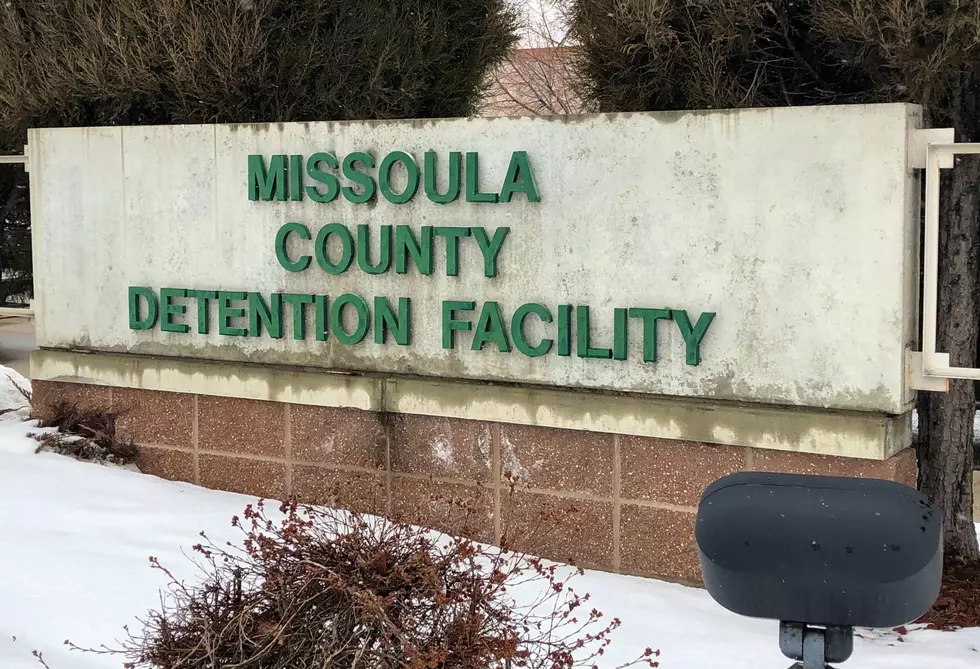
Missoula’s efforts on jail diversion, behavioral health moving the dial
Martin Kidston
(Missoula Current) Efforts to reduce crowding at the Missoula County Detention Center and divert offenders to other resources have shown progress in recent years, saving taxpayer's money while getting low-level offenders help, the county said.
The Jail Diversion Master Plan was written and adopted in 2016 and included roughly 40 recommendations across a number of categories, such as pre-sentencing and behavioral health.
Efforts made in the latter category have had measurable impacts, according to Chelsea Wittmann, the county's safety and justice challenge coordinator.
“What's most impressive about the progress we've made since 2016 is that much of it resulted from inter-connected system work,” said Wittmann. “When offices come together, lasting and mutually beneficial changes happen.”
The average length of stay of a defendant held in the county jail stands at around 28 days while the daily jail population hovers at around 184 – a figure that has stayed relatively consistent in recent years.
But in 2021, the county, courts and law enforcement agreed not to accept people into detention who have been charged with a non-violent offense but not convicted – a move that effectively altered the jail population.
Only non-violent offenses such as resisting arrest, multiple DUI arrests and other extreme circumstances stand as the exception. The change was largely due to the pandemic and without it, Wittmann said the jail would have become “uselessly overcrowded.”
“What's important is that the composition of our jail has changed drastically,” she said. “Our jail at this point is largely a felony holding facility. We have very few misdemeanants held for any length of time. It keeps our inmate population down and follows best practices on who should be held in regional jails.”
Efforts to divert offenders from jail altogether have emerged as a leading preference. On that front, Wittmann said, a number of public services have been launched while others are set to come online in the coming year.
The new programs include the Crisis Intervention Team at the Missoula Police Department and the Mobile Support Team at the Missoula Fire Department. The latter serves as a first line of contact for a person experiencing a behavioral health crisis.
Wittmann said both programs benefit the criminal justice system by diverting people in crisis away from jail or the emergency room to other services. Other programs, such as a crisis receiving center at Western Montana Mental Health, and a navigation center at the Trinity apartment project, will join the programs soon.
“A night in jail costs about $140 and a visit to the emergency room is far more expensive,” said Wittmann. “When we talk about things like a crisis receiving facility, not only is that an appropriate clinical diversion from a care standpoint, it also represents an enormous cost savings to our community.”
According to the county's latest report, individuals who are chronically intoxicated comprise roughly 10% of the homeless population but consume nearly 50% of the resources earmarked for the homeless.
In 2012, St. Patrick Hospital estimated its costs for charity care at around $4 million annually. Community Medical Center estimated similar costs.
The chronically intoxicated also reduce the availability of law enforcement and other local services. The crisis receiving center is expected to help on that front and was identified as a local gap in service needing filled.
“If someone is under the influence of some substance where we can't properly do a mental health evaluation, those people are brought to the ER or possibly jail. Those are our only options, but they're not the best options,” said Missoula County Commission Josh Slotnick. “With a crisis receiving center, they can come back to themselves and emerge and meet with someone to help take that next step.”
Along with current and emerging programs, a number of treatment courts have also played a role in diverting offenders from jail. Such courts include Veterans Court, Youth Court and ROAD Court, among several others.
Citing one example, Wittmann said that between 2019 and 2021, ROAD Court saved 554 days in jail time, or around $554,000 in jail costs.
“Diversionary courts and treatment courts show a return on investment of around $1.50 to $2.21 per $1 spent,” said Wittmann. “A long-term system savings on that is around $3,000 to $13,000 per participant if we can get that person treated and keep them out of jail.”
Those who do end up in jail are also getting help that wasn't necessarily available before. Inmates are now issued electronic tablets to conduct education and access health care.
Wittmann said that also resulted from the pandemic and has had positive impacts.
“It enabled inmates to meet with councilors in their own cells and on their own time to reach mental health resources that weren't accessible in the jail at the time,” she said. “It also assisted with continuity of care when those people were released from jail.”
